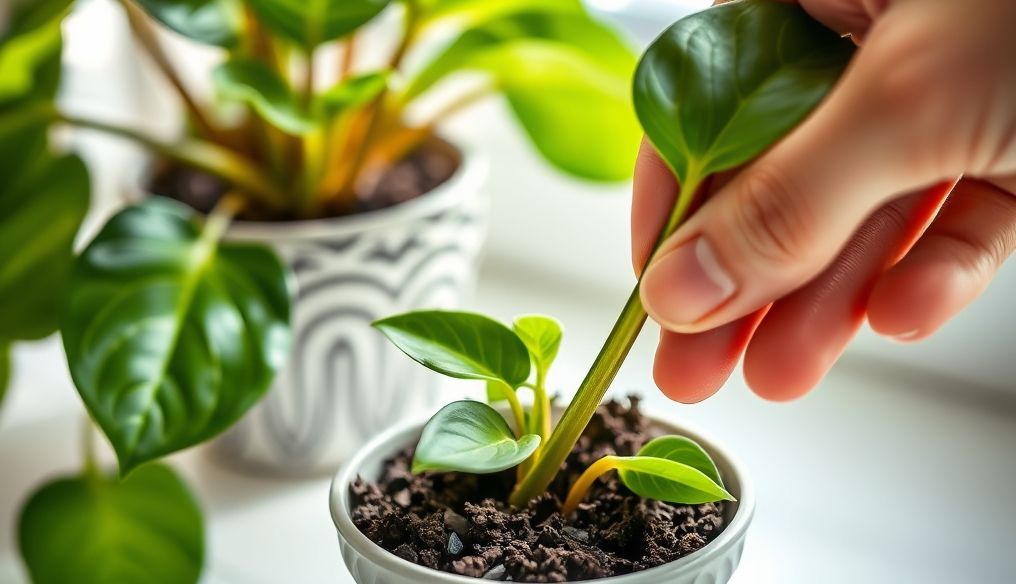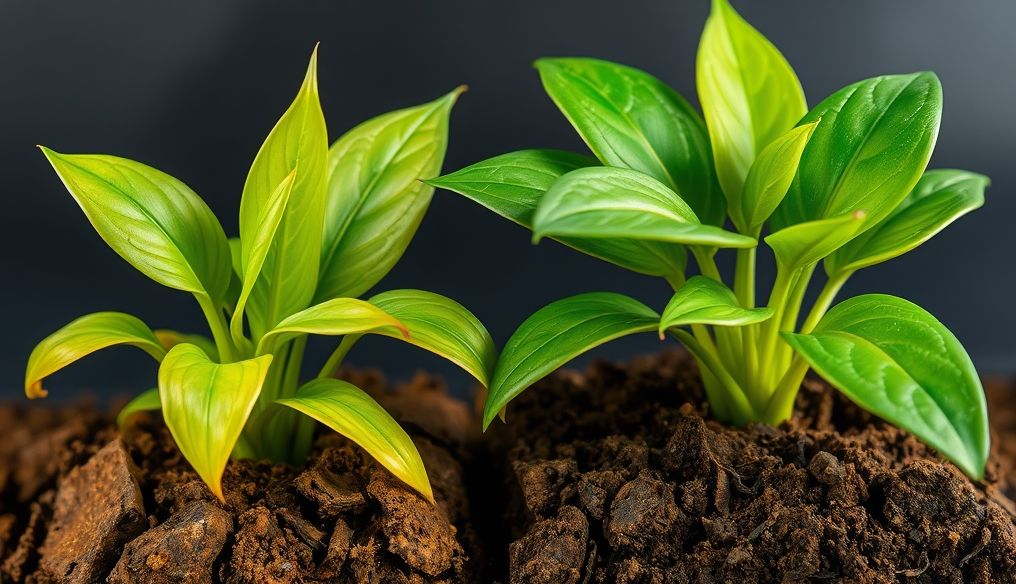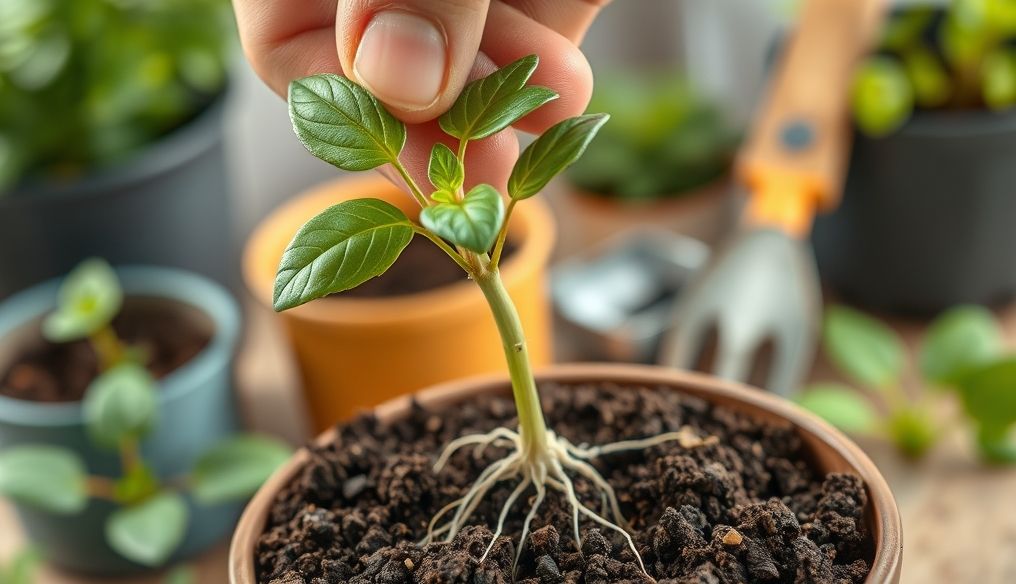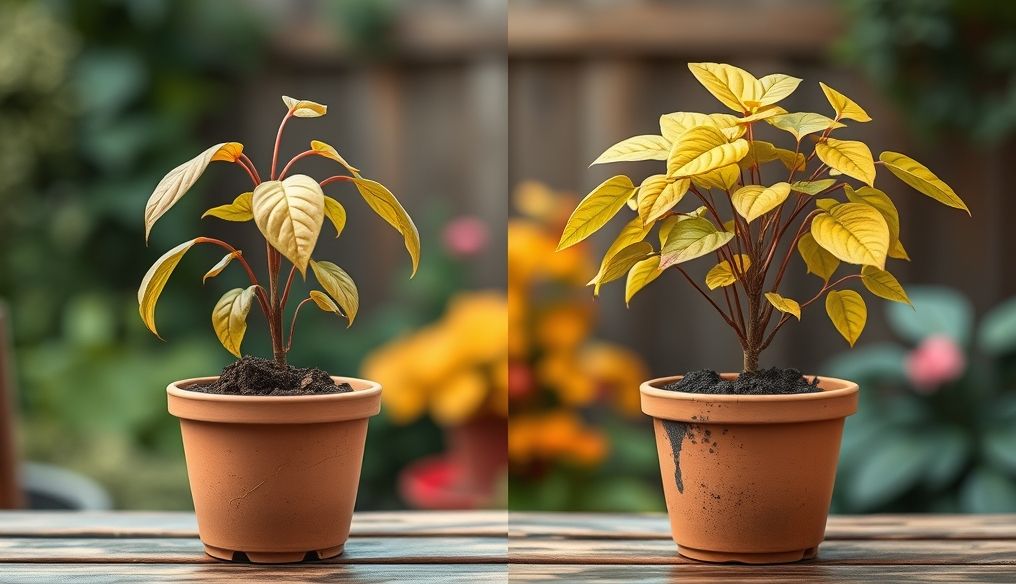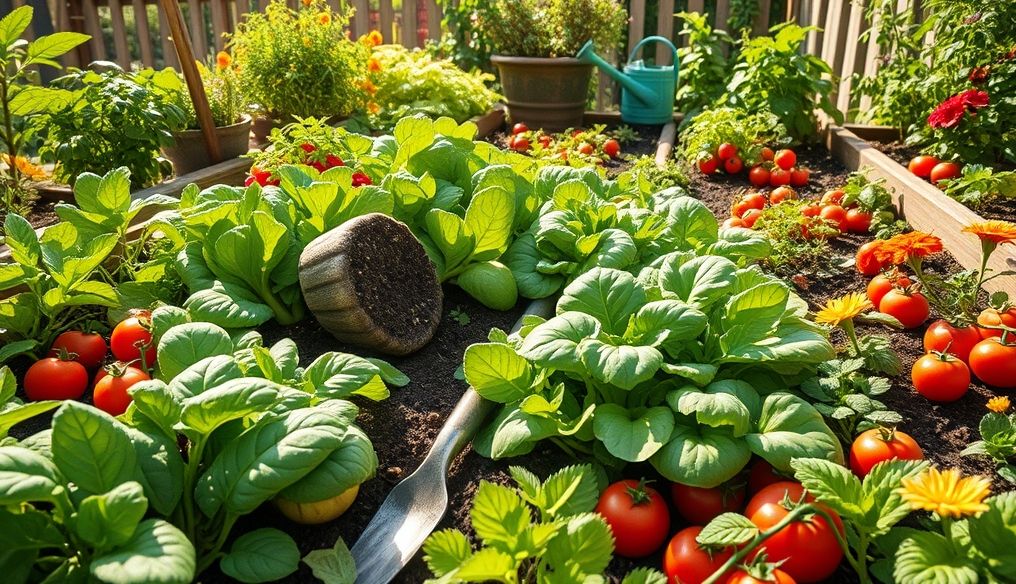Introduction: The Magic of Plant Propagation from Cuttings
Propagating plants from cuttings is a simple and effective technique to expand your plant collection without needing to purchase new plants. This method is ideal for both beginners and professionals, as it allows you to produce exact replicas of the parent plant, ensuring the preservation of desirable traits such as color, shape, and disease resistance. Whether you want to multiply your favorite indoor plants or grow new shrubs in your garden, plant propagation from cuttings is a valuable skill worth learning.
What is a Cutting?
A cutting is a part of a plant, usually a stem, leaf, or root, that is separated from the parent plant with the aim of producing a new, independent plant. When provided with the right conditions, the cutting can grow and develop new roots and leaves, becoming a complete plant in its own right. This method is a form of asexual reproduction, as it does not require pollination or seeds.
Different Types of Cuttings
There are several types of cuttings, each with different success techniques. The most common types include:
- Stem Cuttings: These are the most common and are taken from the stems of plants. They can be terminal cuttings (from the end of the stem) or intermediate cuttings (from a part of the stem).
- Leaf Cuttings: Leaves are used to produce new plants. This method is suitable for some succulents and begonias.
- Root Cuttings: Taken from the roots of plants, they are commonly used to propagate some types of trees and shrubs.
Plants Suitable for Propagation by Cuttings
Not all plants are suitable for propagation by cuttings, but many common species respond well to this method. Some examples include:
- Houseplants: Pothos, spider plant, philodendron, snake plant.
- Herbs: Mint, rosemary, thyme.
- Shrubs: Rose, camellia, hibiscus.
- Trees: Willow, poplar.
Tools and Materials Needed for Plant Propagation by Cuttings
To successfully propagate plants by cuttings, you will need the following tools and materials:
- Sharp and Clean Pruning Shears: To cut the cuttings correctly without damaging the parent plant.
- Rooting Hormone (Optional): Helps stimulate root growth.
- Small Pots or Containers: To plant the cuttings in.
- Suitable Growing Medium: Such as peat moss, perlite, or a mixture of soil and sand.
- Plastic Bag or Plastic Cover: To maintain moisture around the cuttings.
- Spray Bottle: To regularly moisten the cuttings.
Steps for Propagating Plants by Stem Cuttings
- Choosing the Cutting: Choose a healthy and strong stem from the parent plant. The stem should be free from diseases and pests.
- Cutting the Cutting: Use sharp pruning shears to cut the cutting to a length of 10-15 cm. The cutting should have 2-3 nodes (places where leaves grow).
- Removing Lower Leaves: Remove the lower leaves from the cutting, leaving only the upper leaves. This reduces moisture loss and encourages root growth.
- Applying Rooting Hormone (Optional): Dip the end of the cutting in rooting hormone, then discard the excess.
- Planting the Cutting: Plant the cutting in the growing medium, so that the lower nodes are covered with soil.
- Providing Moisture: Cover the cutting with a plastic bag or plastic cover to maintain moisture. Spray the cutting with water regularly.
- Providing Light: Place the cutting in a bright place, but away from direct sunlight.
- Waiting: It usually takes 2-8 weeks for roots to form. You can check root growth by gently pulling the cutting. If you feel resistance, it means that the roots have started to grow.
- Transplanting the New Plant: Once the roots are well formed, you can transplant the new plant into a larger pot.
Tips for Successful Plant Propagation by Cuttings
- Use Healthy Parent Plants: Sick or weak parent plants produce weak cuttings.
- Choose the Right Time: The best time to propagate plants by cuttings is in spring or summer.
- Maintain Moisture: Moisture is essential for root growth.
- Avoid Overwatering: Overwatering can lead to rotting of the cuttings.
- Be Patient: It takes time for roots to form. Don't give up if you don't see immediate results.
Common Problems and Solutions
- Rotting Cuttings: Occurs due to overwatering or lack of good ventilation. Reduce watering and ensure adequate ventilation.
- No Root Growth: May be due to insufficient moisture, using an unhealthy parent plant, or not using rooting hormone. Make sure to provide sufficient moisture, use a healthy parent plant, and try using rooting hormone.
- Leaf Wilt: Occurs due to moisture loss. Spray the leaves with water regularly and cover the cutting with a plastic bag to maintain moisture.
Conclusion: Start Your Journey into the World of Plant Propagation!
Propagating plants from cuttings is a fun and rewarding skill. By following the steps and tips mentioned above, you can easily expand your plant collection and enjoy the beauty of nature in your home. Feel free to experiment with different types of plants and cuttings, and enjoy the learning and discovery process!
